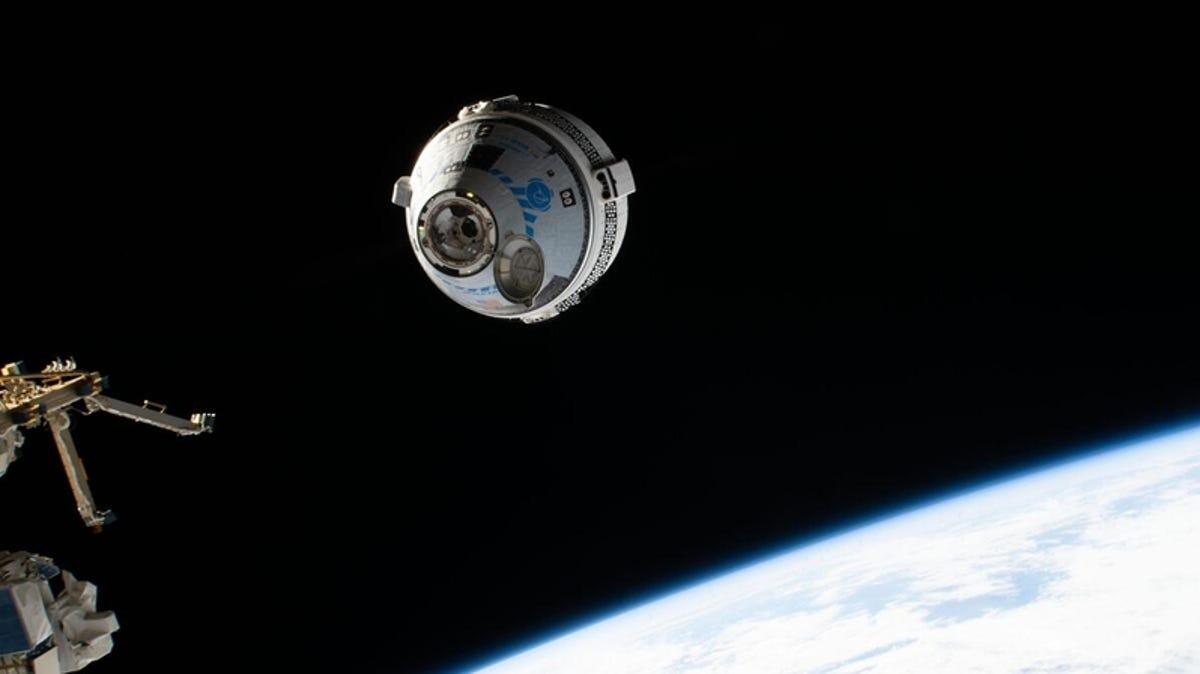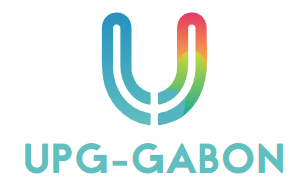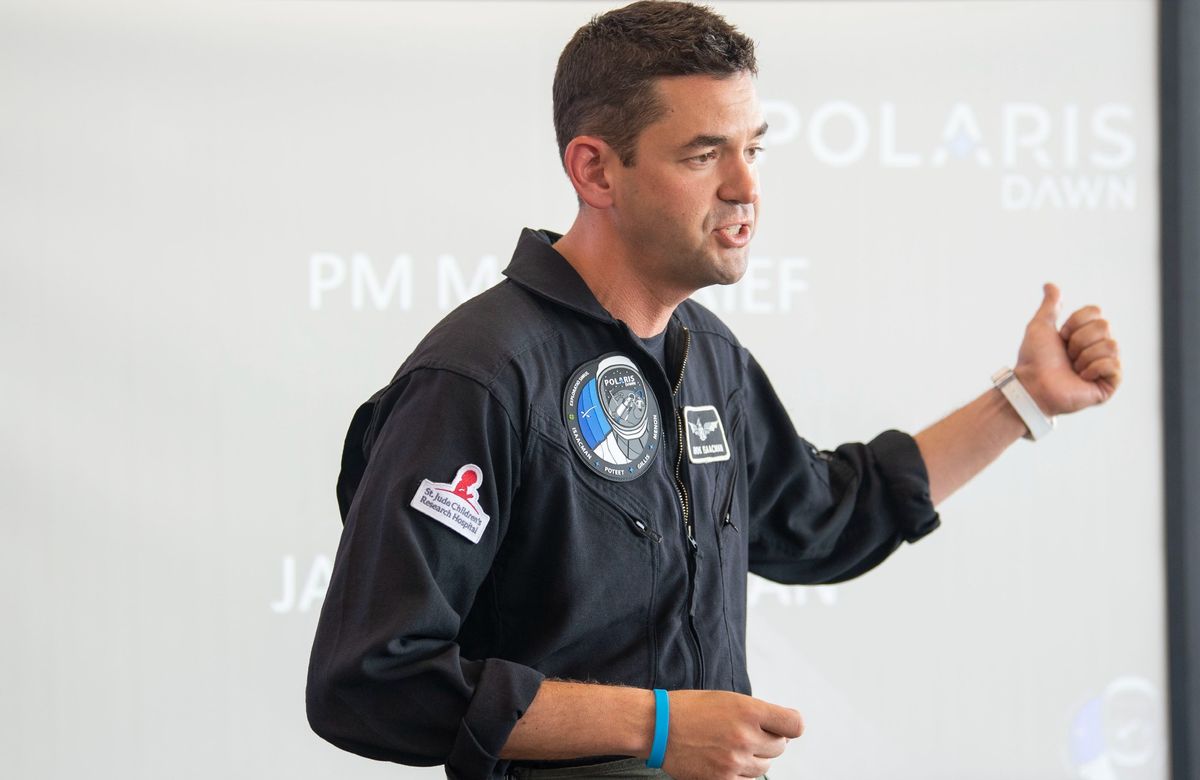
One has already carried eight NASA crews and three private crews to the International Space Station. Another is launching its first crewed flight next week.
Both can carry up to seven astronauts or a combination of crew and cargo. Both are designed to launch on rockets and chase the International Space Station, traveling 200-250 miles from Earth at speeds of up to 17,500 mph — circling our planet every 90 minutes. One splashes in the sea. Other « soft lands » in the desert.
The goal of the two shuttles was to find a way to provide transportation for NASA astronauts to the ISS, now that the long-haul space shuttle has been retired. Both were selected in 2014 to be funded with government money under NASA's Commercial Crew contract.
As Boeing prepares to launch its Starliner capsule on its first crewed mission May 6 at 10:34 p.m. from Launch Complex 41 at the Cape Canaveral Space Force Station, here's what you need to know about Starliner and how it compares to SpaceX's Dragon.
Boeing's Starliner carrying NASA astronauts
Boeing calls it Crew Space Transportation (CST)-100 Starliner or simply « Starliner ». Scheduled to launch as early as May 6, it will make history by becoming the first spacecraft to carry humans from Space Launch Complex 41. The pad has been the launch pad for historic missions, starting with the Titan rockets in 1965 and including the New Horizons deep space mission. probe, the Voyager spacecraft and even the Curiosity Mars rover.
Which starts where: Years after Space Shuttle retirement, Florida chases 70 launches a year
The site recently saw a crew access arm in preparation for Starliner's crew flight test, which will be launched with the help of a ULA (Boeing and Lockheed Martin joint venture) Atlas V rocket. The Atlas V rocket first launched from the base in 2002, but it was the first to carry astronauts into space.
Don't miss the next Florida release: Is there a launch today? Upcoming rocket launch schedule for SpaceX, ULA, NASA in Florida
Named the Boeing Starliner Calypso For this task
Boeing, part of NASA's Commercial Crew Program, aims to keep regular NASA astronauts on its Starliner transport following the success of this upcoming crewed flight test. Once certified by NASA, the Starliner will join SpaceX's Dragon, which has been carrying NASA crews since 2020. Boeing now says NASA has hired six additional crew members beyond this upcoming flight test.
According to Boeing, a Starliner crew can fly the capsule up to 10 times, with six months of service time between trips.
Moon is named after the flying capsule Calypso By Crew Flight Test Astronaut Sunitha « Suni » Williams. In a nod to his love of the ocean and exploration, Williams named the capsule in 2019. Calypso After the ship Jacques CousteauA mid-20th century oceanographer. The ship is remembered for its underwater observatory and equipment for helicopters and submarines, aiding scientific expeditions. Flying with Williams was mission commander Butch Wilmore.
Boeing Starliner
Name: Crew Space Transportation (CST)-100 Starliner
height: 16.5 ft (Capsule + Service Module)
diameter: 15 feet
Group size: Four (can carry up to seven)
Rocket: Launched on ULA Atlas V
Check-in point: Space Launch Complex 41
Rocket reuse: single plane (ULA tests reusability with Vulcan)
target: Earth Orbit and ISS
Landing: Landing under three parachutes and airbags in the southwestern United States.
NASA Contract Award (2014): $4.8 billion
First uncrewed docking of the Boeing Starliner
Boeing's Starliner first successfully arrived at the International Space Station on May 20, 2022.
SpaceX Dragon
Name: Dragon Crew Capsule
height: 16 ft
diameter: 13 ft
Group size: Four (can carry up to seven)
Rocket: Launched on SpaceX Falcon 9
Check-in point: KSC 39A and Space Launch Complex 40.
Rocket reuse: Multiple flights (Falcon 9 lands and takes off again)
target: Earth Orbit and ISS
Landing: After deploying two drog parachutes, splashes into the sea under four main ramps
NASA Contract Award (2014): $3.1 billion
First uncrewed docking of SpaceX Dragon
The SpaceX Dragon successfully arrived at the International Space Station for the first time on May 25, 2012.
Brooke Edwards is a space reporter for Florida Today. Contact her at [email protected] or X: @brookeofstars.






